The most common cause of workplace woes
When I first started coaching, if you’d asked me what I thought the main cause of workplace dissatisfaction was, I might have said a bad boss, or a mismatch between one’s strengths and interests and their actual jobs.
Years later, I can attest that both of those issues do cause unhappiness at work for many people. But the most common driver, at least among the many professionals who’ve turned to Happy High Achiever for help? Organizational mismatch.
Surprised? Not what I would have guessed either. At first. But over my years of coaching, I’ve become convinced: when an organization is not the right fit, even the most talented employee is likely to end up fairly unhappy (at best).
So what am I talking about when I say “organizational mismatch” or “a poor organizational fit?”
I’m not euphemistically talking about exclusionary practices by employers or other organizational behaviors that are inherently damaging to specific groups of employees. To be clear, I believe that organizations need to take a hard look at how they recruit, hire, lead, manage, review, coach, and promote their employees, and continuously work to remove bias in each of these activities. Not only is it the right thing to do, it improves company performance (here’s a McKinsey study supporting this point).
Rather, I’m talking about attributes that are not inherently “wrong” or “right,” but about which professionals tend to have strong preferences. When it comes to organizational mismatch, you and your preferences comprise one side of the equation. While you may be able to perform well in many environments, some are bound to be a better fit than others.
The other side of the equation is your employer and the way that organization operates. Not the way the organization says it operates, or the values to which it aspires. I’m talking about the reality of what it’s like in the organization, week in and week out. The norms set by leadership and perpetuated by middle managers. The common lived experience of employees working for your company.
As I reflect on the preferences and experiences of the professionals I’ve coached, several dimensions stand out as some of the most frequent causes of organizational mismatch. For each of these dimensions, there’s a spectrum along which any organization falls.
As you consider each dimension on the following list, think about your personal preferences, how your current employer operates, and how close (or far apart) you and your employer are on the spectrum. Hopefully this process will help you better understand underlying causes of why you’re unhappy in your role or, conversely, why you and your company might be such a great fit.
If you’re currently looking for a new job or contemplating a search, identifying where on the spectrum you fall for each of these dimensions is particularly valuable. That information will help you determine which variables to prioritize in your research and identify companies you should – and should not – target as potential future employers.
While this list isn’t exhaustive, it does reflect some of the most common and problematic drivers of organizational mismatch that I’ve observed in my coaching practice over the past several years. For each of these dimensions, I’ve worked with professionals with strong preferences on both ends of the spectrum who have struggled in their roles because those preferences meaningfully differed from how their organizations operated.
Pace: By “pace,” I mean expected speed of execution and change, as well as hours worked daily and weekly (including whether employees are expected to be available nights and weekends when the need arises). The working hours aspect ties into expectations around work/life balance; while most professionals wish for some level of work/life balance, individual definitions of what that looks like vary greatly.
Top-down vs. consensus-driven decision making: There are a number of reasons why professionals might prefer each approach within an organization. Those who favor top-down often do so due to the efficiency it allows and the clarity it provides. Those who favor consensus-driven decision making often value harmony and the ability for more voices to be heard.
Hierarchical vs. relatively flat org structure: This dimension is related to decision making but includes other aspects that matter to professionals. Those who prefer hierarchical structures tend to like the clarity they provide around ownership (although a hierarchical org is not required for assigning clear ownership, nor is ownership automatic with this org type) and view this structure as providing a more clearly defined path for career progression. Those who prefer flat organizations often cite hierarchy as unnecessarily bureaucratic or an impediment to getting things done.
Frequency and directness of feedback: Most professionals say they want feedback but preferences around frequency and directness really vary. Organizational behavior around feedback does too, ranging from some top consulting firms’ near-constant feedback on one extreme to companies without any formalized review process on the other end.
Degree of separation between personal and professional lives: Even among millennials, who are often stereotyped as wanting to socialize with coworkers, professionals vary greatly in their preferences. Factors such as familial obligations obviously impact whether employees are willing or able to attend after-hours events, but this dimension goes beyond happy hours and impacts what folks feel comfortable sharing with colleagues and the types of professional relationships they prefer to develop.
I hope you found this exercise helpful. As I mentioned, this list is not exhaustive; if there’s a different dimension that has greatly impacted you, I’d love to hear about it. And, if you’re struggling with organizational mismatch in your current role, or are unsure how to avoid it in a job search, I’m happy to help – learn more here.
